| |
|
|
Botanical Name |
: |
Ageratum conyzoides L. |
English
Name |
: |
Goat Weed, Billygoat weed, Whiteweed, Ageratum |
Synonym(s) |
: |
A. album Stend; A. caeruleum Hort. ex. Poir.; A. coeruleum Desf.; A. cordifoliumRoxb.; A. hirsutum Lam.; A. humile Salisb.; A. latifolium Car.; A. maritimum H.B.K.; A. mexicanum Sims.; A. obtusifolium Lam.; A. odoratum Vilm. and Cacalia mentrasto Vell. |
Family |
: |
Asteraceae |
| |
General Info
| Description |
 |
|
Erect, herbaceous annual, 30 to 80 cm tall; stems are covered with fine white hairs, leaves are opposite, pubescent with long petioles and include glandular trichomes. The inflorescence contain 30 to 50 pink flowers arranged as a corymb. The fruit is an achene with an aristate pappus and is easily dispersed by wind. |
| Herb Effects |
 |
|
Antifungal and antibacterial (essential leaf oil); kills insects (plant); analgesic, anti-inflammatory, emetic, purgative, decoagulant, depurative, febrifuge, stimulant, vulnerary. |
Chemistry
| Active Ingredients |
 |
|
Ageratochromene (essential oil); stigmast-7-en-3-ol, quercetin, kaempferol and fumaric and caffeic acids (leaf) |
| Chemistry
of Active Ingredients |
 |
|
|
 |
Name |
CAS# |
IUPAC Name |
Formula |
Structure |
 |
|
| Ageratochromene |
644-06-4 |
6,7-dimethoxy-2,2-di
methyl-chromene |
C13H16O3 |
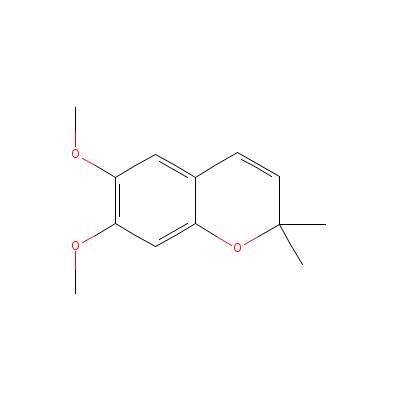
|
| Stigmast-7-en-3-ol |
6869-99-4 |
17-(5-ethyl-6-methyl
-heptan-2-yl)-10,13-
dimethyl-2,3,4,5,6,9
,11,12,14,
15,16,17
-dodecahydro-1H-cycl
openta[a]phenanthren
-3-ol |
C29H50O |
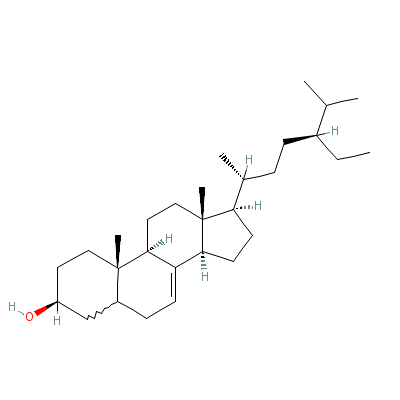
|
| Quercetin |
Not Available |
2-(3,4-dihydroxyphen
yl)-3,4,5-trihydroxy
-chromen-7-one |
C15H10O7 |
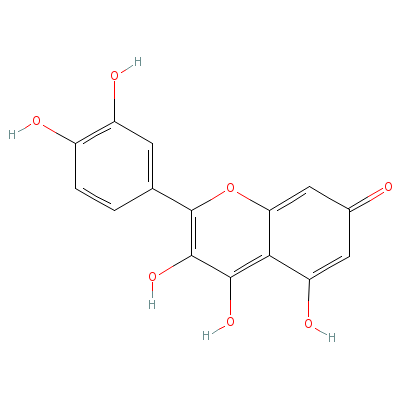
|
| Kaempferol |
80714-53-0 |
3-[3-[4,5-dihydroxy-
6-(hydroxymethyl)-3-
[3,4,5-trihydroxy-6-
(hydroxyme
thyl)oxa
n-2-yl]oxy-oxan-2-yl
]oxy-4,5-dihydroxy-6
-(hydroxymethyl)oxan
-2
-yl]oxy-4,5-dihy
droxy-2-(4-hydroxyph
enyl)-chromen-7-one |
C33H40O21 |

|
| Fumaric acid |
110-17-8 |
but-2-enedioic acid |
C4H4O4 |
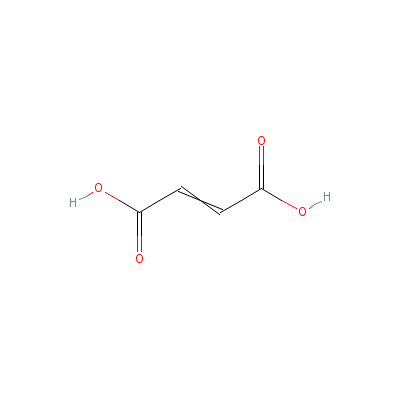
|
| Caffeic acid |
Not Available |
3-(3,4-dihydroxyphen
yl)prop-2-enoic acid |
C9H8O4 |
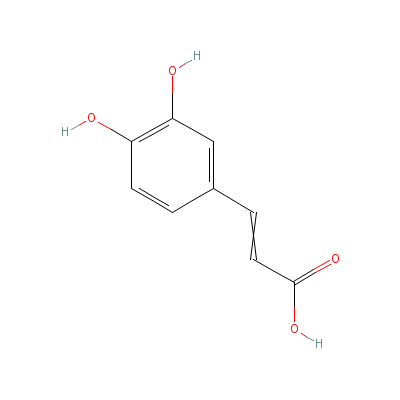
|
|
Pharmacology
| Medicinal Use |
 |
|
Stops bleeding from cuts (leaf juice); as an antilithic (root), styptic (leaves),to treat cuts, wounds and bruises (plant juice); to treat scabies, rheumatism, coughs and colds (flower heads). |
| Contraindication |
 |
|
As pyrrolizidine alkaloids have been found in Ageratum, it can be presumed to be dangerous if taken internally in large doses. Do not use in pregnancy or with liver disease. |
| Reference |
 |
|
 Chandel et al., Biodiversity in Medicinal and Aromatic Plants in India. Chandel et al., Biodiversity in Medicinal and Aromatic Plants in India.
Uniyal et al., Medicinal Flora of Garhwal Himalayas.
Manandhar NP. Plants and People of Nepal Timber Press. Oregon. 2002 ISBN 0-88192-527-6.
|
Dealers
Products
|
|